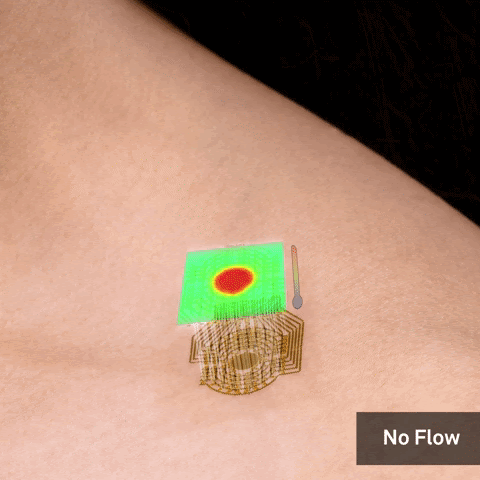

Scientists create a sensor for failed brain shunts

THE SENSOR IS DESIGNED TO MEASURE FLUID FLOW THROUGH A SHUNT. (ROGERS RESEARCH GROUP / NORTHWESTERN UNIVERSITY)
Scientists are working to create a tiny sensor to improve care for patients with a serious condition known as hydrocephalus, in which excess fluids build up in the brain. Most patients have shunts placed to drain that fluid, but shunts often fail over time and it’s difficult to quickly diagnose shunt failure. So biomedical engineers developed a battery-powered sensor that’s stuck on the skin and measures temperature and heat to tell if fluid is flowing through a shunt, then relays that intel to an app.In a new paper, researchers reported it worked on five adult patients with hydrocephalus. Now, they hope to run a larger trial with kids





















.png)












No hay comentarios:
Publicar un comentario